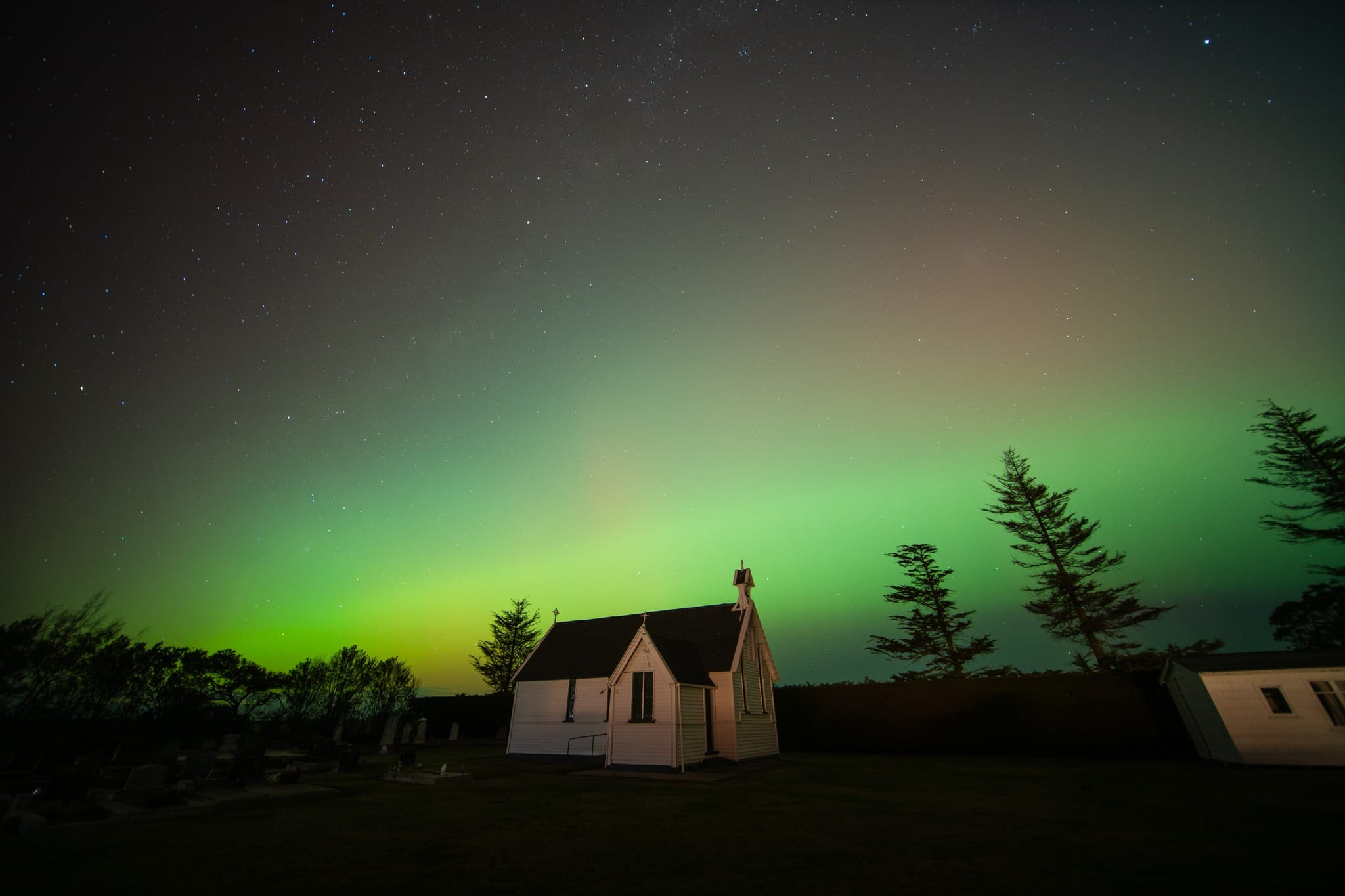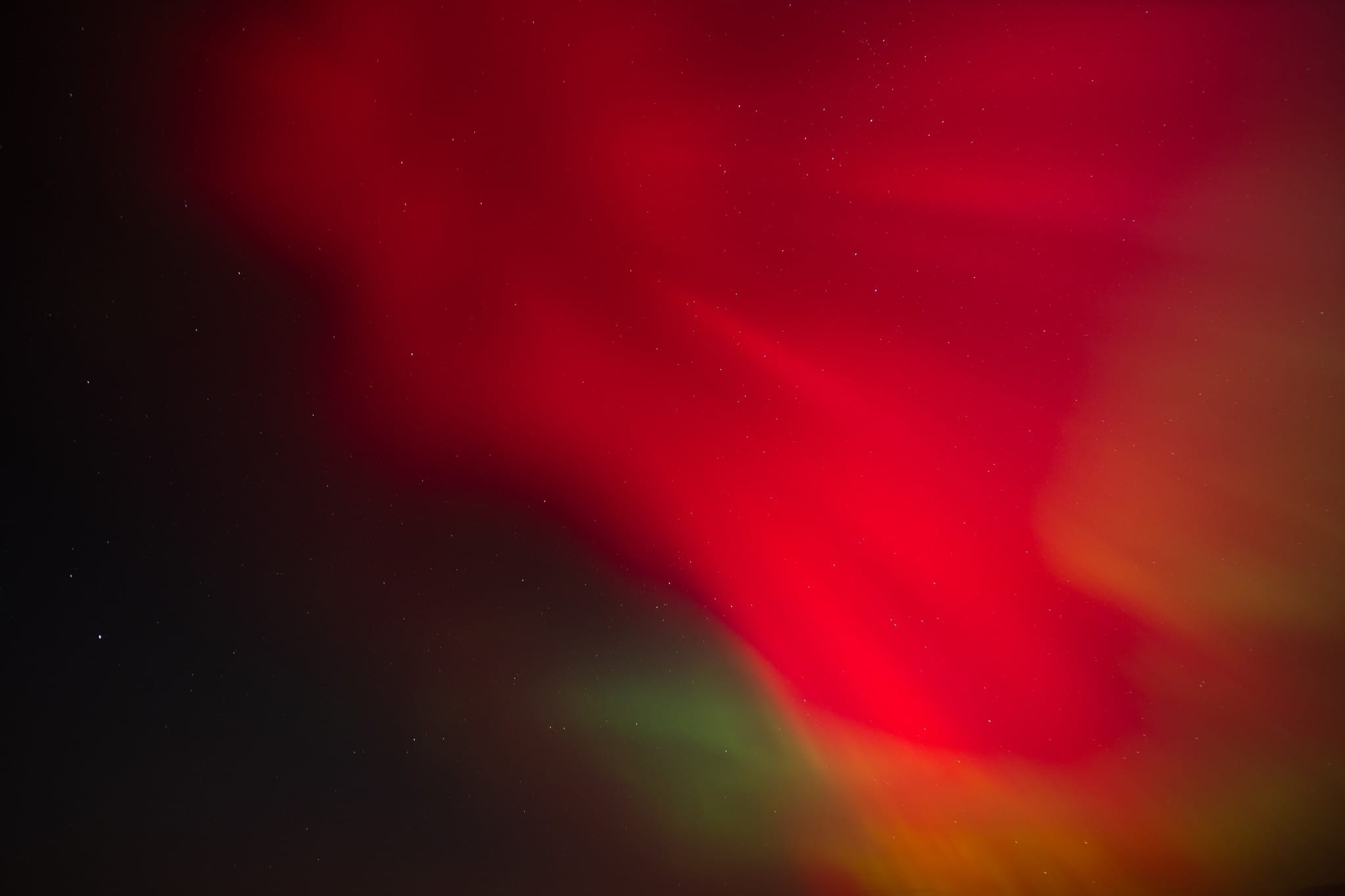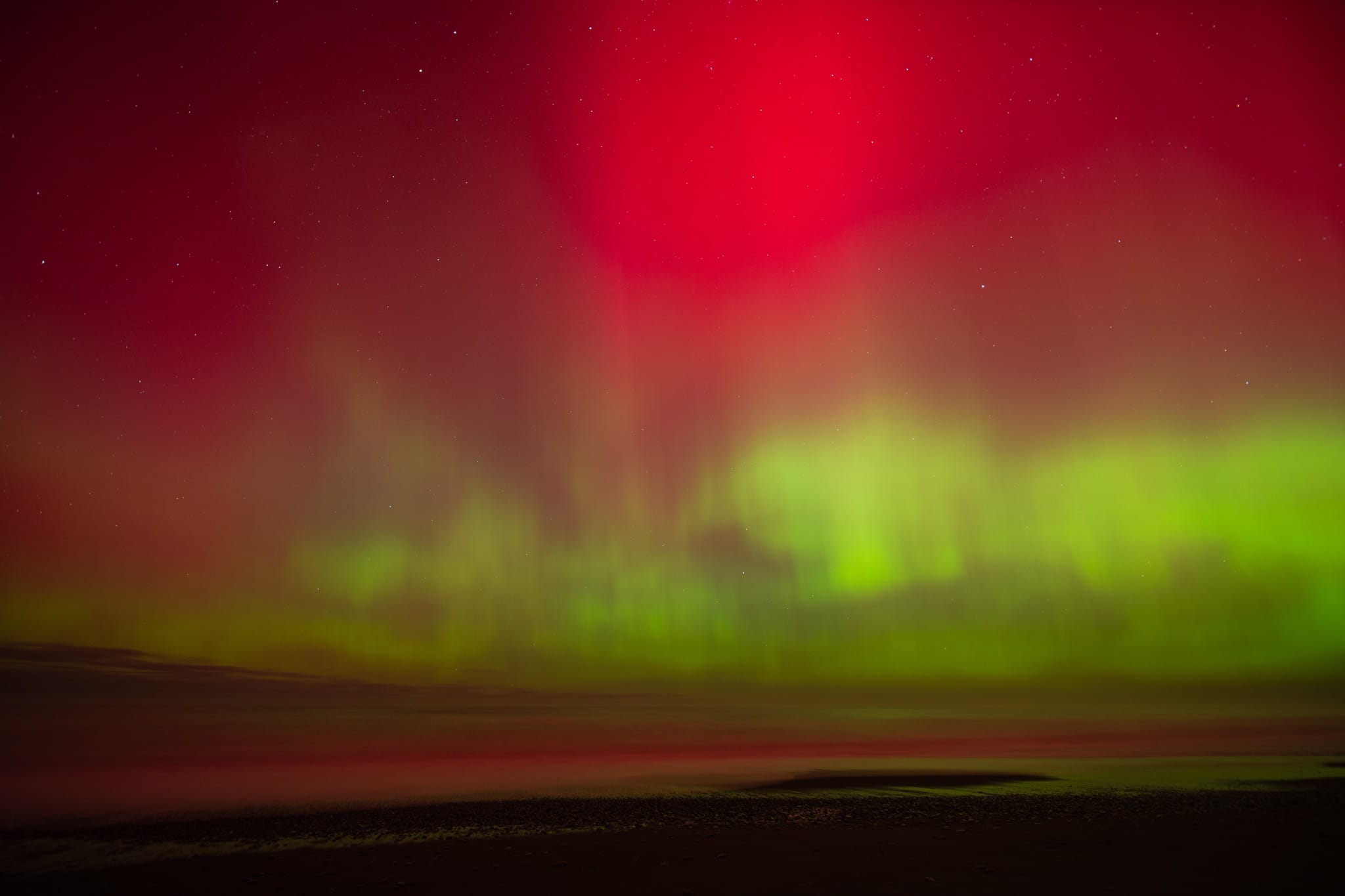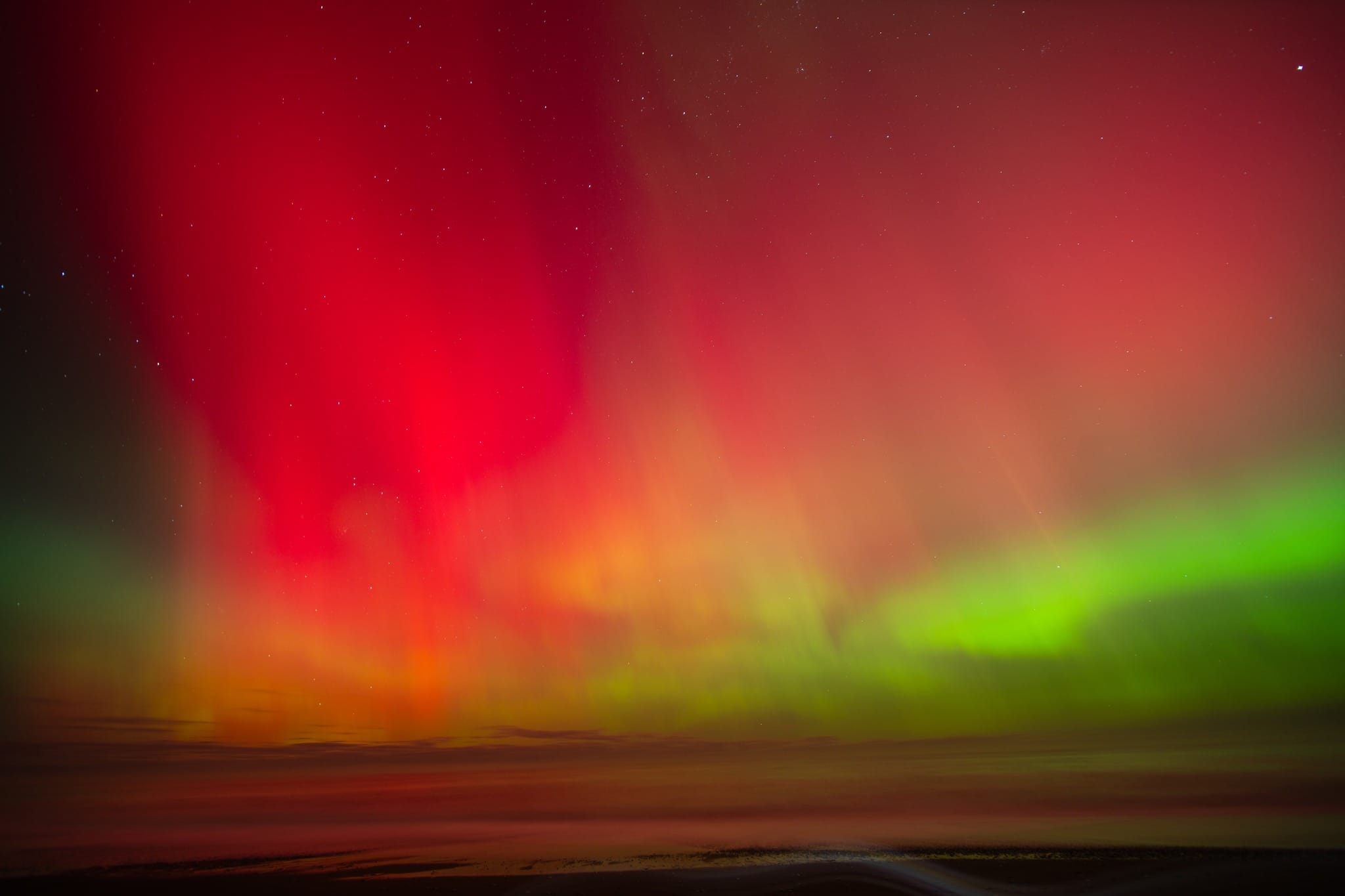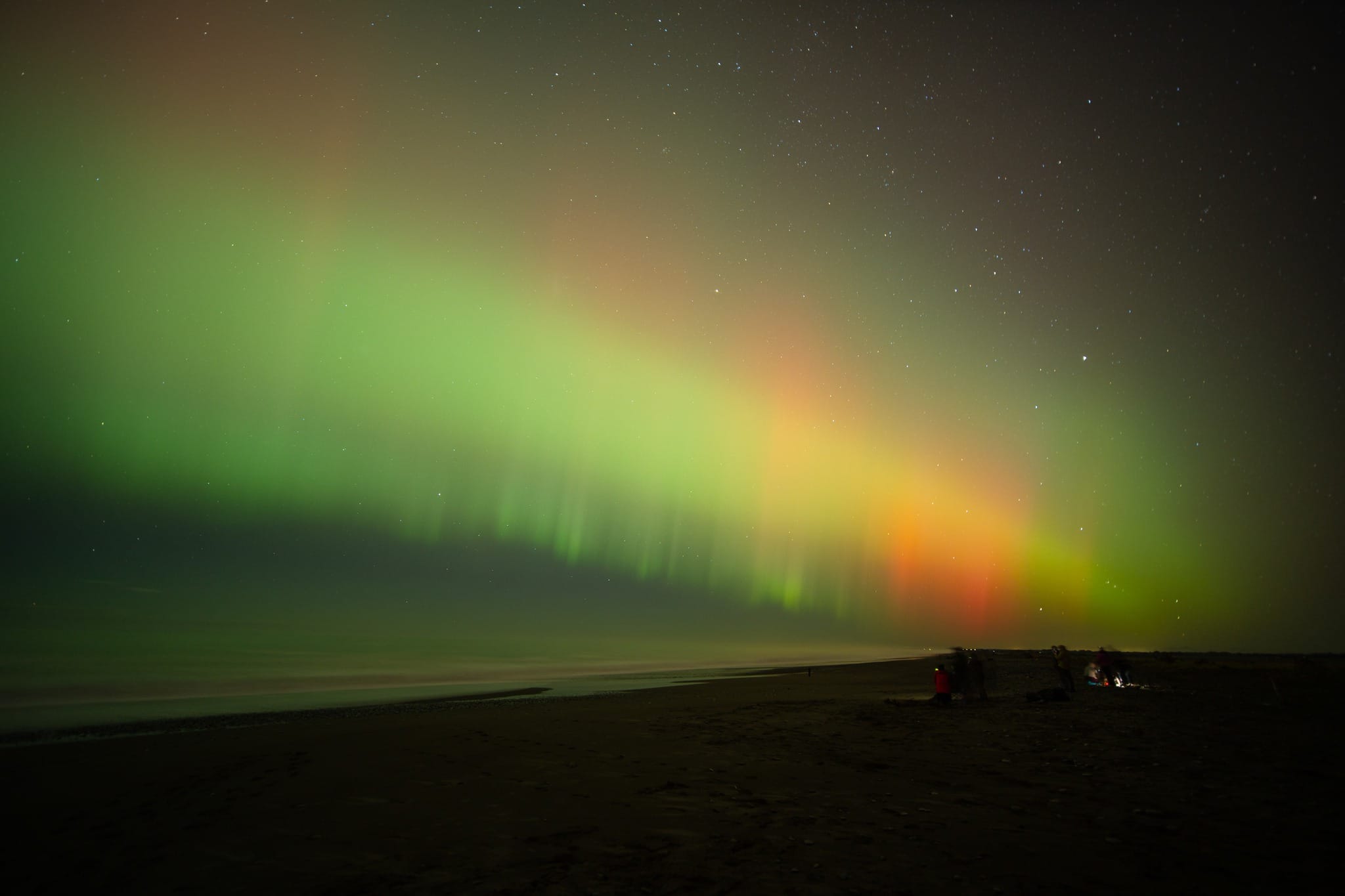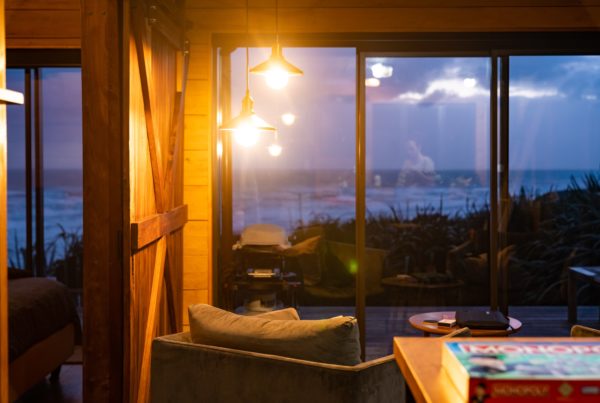The Southern Spectacle: Insights into the Aurora Australis
Check out these stunning pictures our resident Photographer at MoMac captured of the Aurora Australis!
The Aurora Australis, or Southern Lights, is a beautiful natural light show that happens in the sky over the southern parts of the globe. It occurs when particles from the sun, carried by solar wind, crash into Earth’s atmosphere. This collision creates energy, which is released as colourful lights in the sky.
Here are some cool science facts about the Aurora Australis:
1. Colours and Gases: The colours of the aurora are due to the different gases in the Earth’s atmosphere. Oxygen emits green and red light, while nitrogen gives off blue and purple.
2. Solar Wind: The solar wind that brings the charged particles from the sun to Earth can travel at speeds up to 1 million miles per hour!
3. Shape and Movement: The auroras usually form in a ring-shaped zone over the magnetic poles, called the auroral oval. They can look like curtains, rays, spirals, or even dynamic waves that change rapidly.
4. Best Places to See: While the Northern Lights are famous in places like Norway and Iceland, the Southern Lights can be best seen from Tasmania and New Zealand in the Southern Hemisphere.
5. Magnetic Connection: Auroras happen more frequently during high solar activity, such as solar flares, when more particles are ejected toward Earth.
This incredible natural phenomenon not only lights up the sky in a fantastic display but also tells us a lot about the interactions between our planet and the sun.
Location – Christchurch, New Zealand
Photos by Dhrumil Desai (MoMac Content Creator)
